The
Sharing Gardens is a project that builds community in a tangible way,
while helping to lift the burden on our local food-support charities
through the fresh, organic produce we provide for their recipients.
The Sharing Gardens also has a strong educational component: as
volunteers, participants learn about organic gardening, saving
“heirloom” seeds, pruning and other food-growing skills. We have
also offered classes in cooking from scratch, using ingredients from
the garden, encourage our volunteers to learn about canning and other
food-storage techniques, and maintain this educational website.
How
it works: What makes this community garden unique is that,
instead of many separate plots that are rented by individuals,
the garden is one large plot, shared by all. All materials and
labor are donated. Volunteers typically come one to three times per
week (at scheduled times) to help in all aspects of farming from
planting, through harvest. The food we grow is shared amongst those
who have contributed in some way as well as with others who are in
need in our community (through food banks and other charities.) No
one is ever charged money for the food that is grown.
Harvest Totals: In 2010 we were able to grow and give away over 3,500 pounds of delicious organic produce: market value - $9,950.
2011 - 4,600 pounds, market value: $14,500.
In 2012 - 6,200 pounds, market value: $15,800.
2011 - 4,600 pounds, market value: $14,500.
In 2012 - 6,200 pounds, market value: $15,800.
Benefits of a “Sharing Garden”
There are many benefits to growing food in the sharing model. You can:
Grow the maximum amount of food: Sharing Gardens use
the garden space more efficiently. There are fewer pathways between
garden rows and all of the same kind of plants can be grown together.
Water more efficiently: Plants can be grouped together with similar watering requirements.
Manage weeds and pests more easily:
In a typical community garden setting, herbicide or pesticide applications
in one plot can lead to a mass exodus of the offending bugs or weeds
into adjacent plots. This can lead to a mini “arms race” between garden
plots to bolster plants against pests. In a Sharing Garden, if pests/weeds appear, they can be managed selectively without the need for ever-accelerating methods of eradication.
Save pure seeds: Many plants will cross with their neighbors, or hybridize.
This means that, in a typical community garden neighboring gardeners
would need to coordinate so their seed-stock doesn't cross with
neighbors. In a Sharing Garden, you
can plan your crops to keep strains from crossing and save enough
seed to last for a few years till you get around to growing that
particular variety again.
Build community:
Though some community gardens have regular work parties and social
gatherings, the emphasis is on each gardener doing his own thing. In a
Sharing Garden, the focus is on cooperation and sharing a common goal. Having a meaningful shared purpose builds great camaraderie.
Share knowledge: Sharing Gardens become a place where gardeners can share their experience with each other. We garden organically, using no
chemical pesticides or herbicides. We rely on heavy mulching and fertilizer
derived from compost and other natural, local materials. We also have an extensive seed-saving program. Participants are also learning about food preservation, gleaning and other ways of increasing local food security.
Live more lightly on the planet: An additional benefit of this style of gardening is that we use salvaged material whenever possible. This keeps
these materials out of burn-piles and the land-fill while providing new
life for tools, leaves, grass clippings and building supplies. By
encouraging people to share their surplus we build a tangible sense of
community and networks of relationship that can be drawn from in times
of crisis.
Help local wildlife: Each of our gardens is designed to
create habitat for local beneficial wildlife as we believe it is important to
"share" the earth beyond our human family.


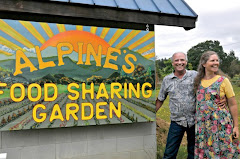











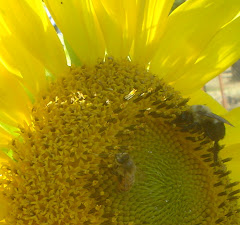

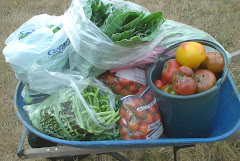


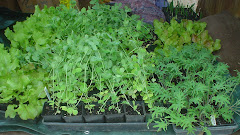
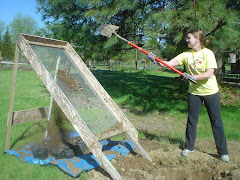

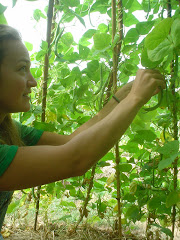
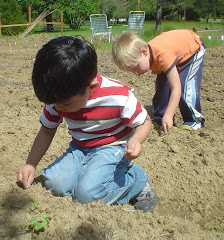


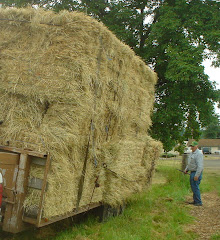



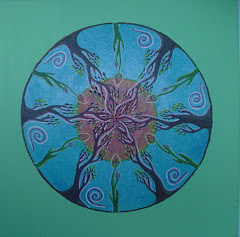

No comments:
Post a Comment